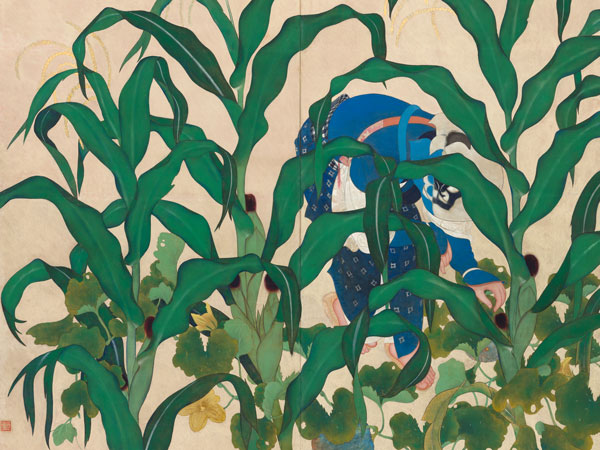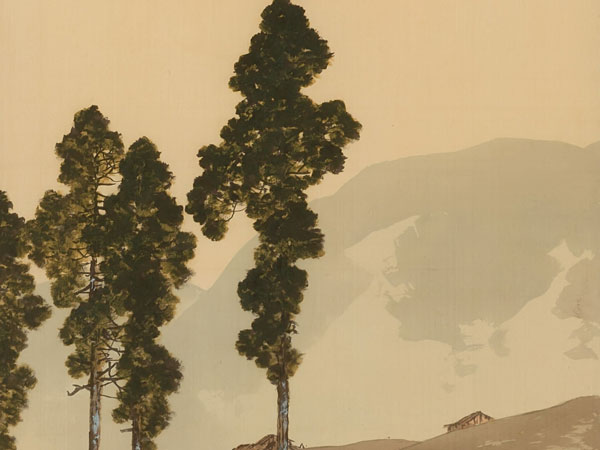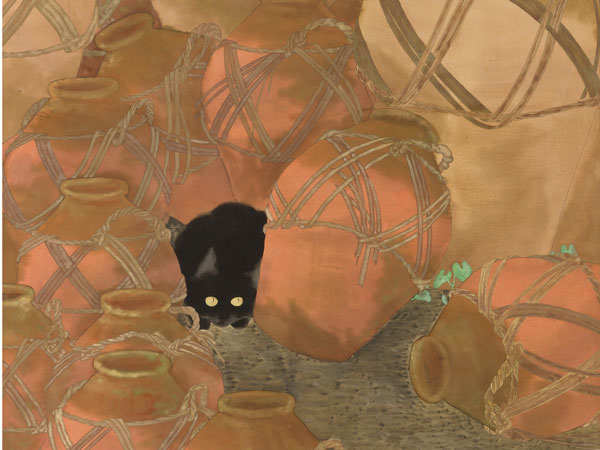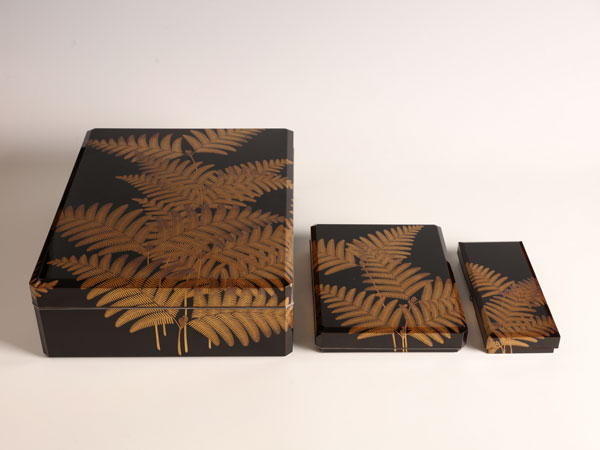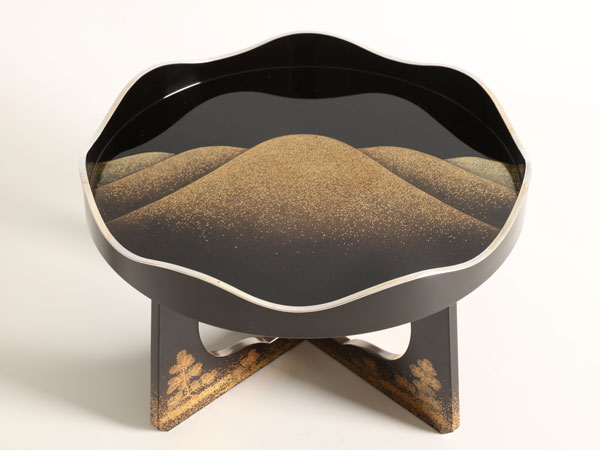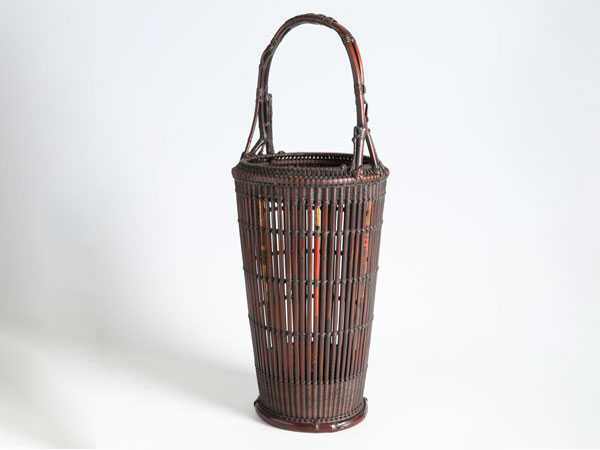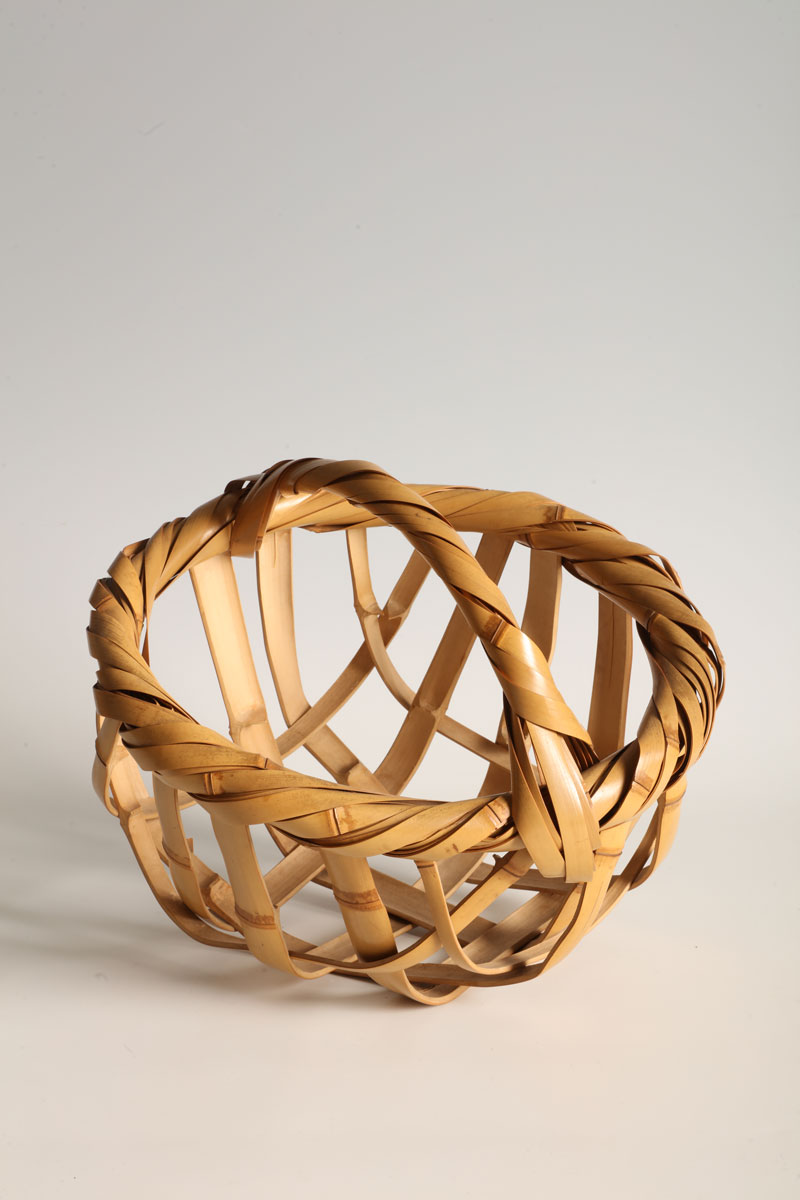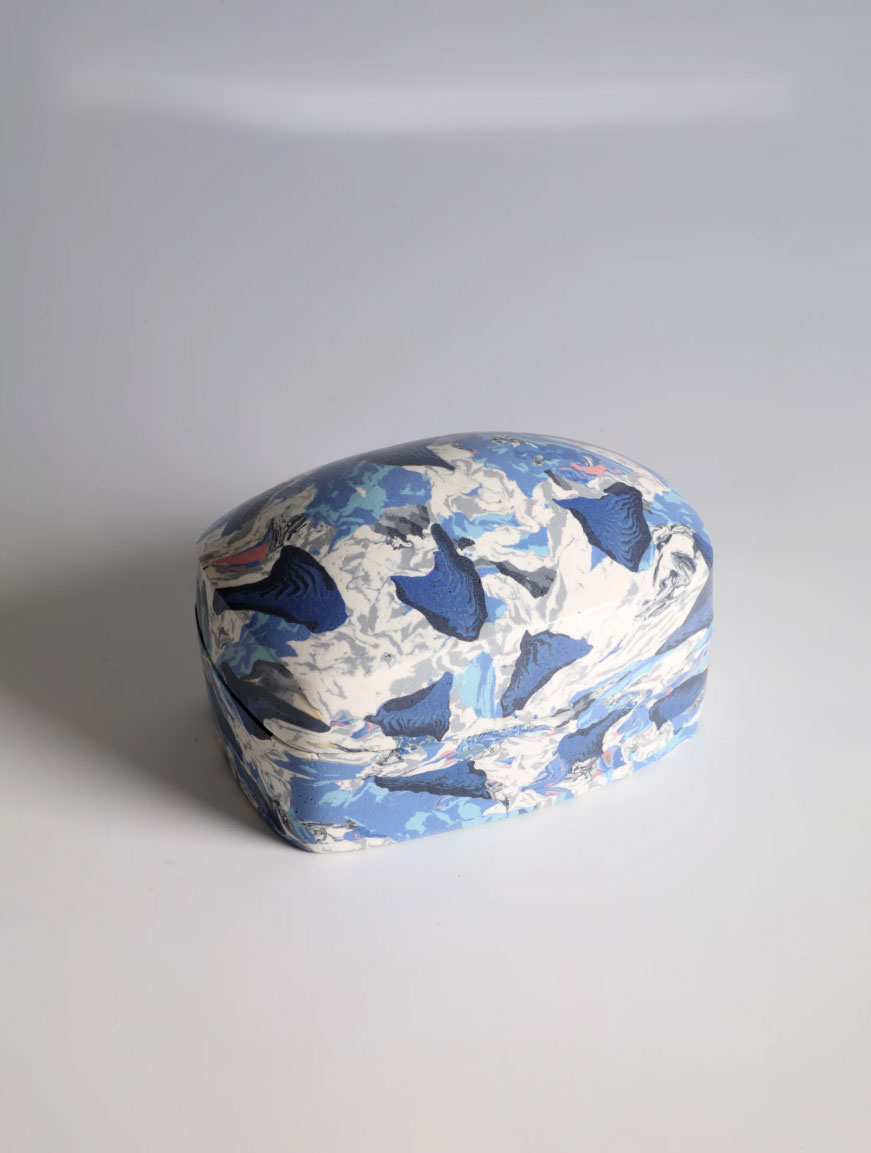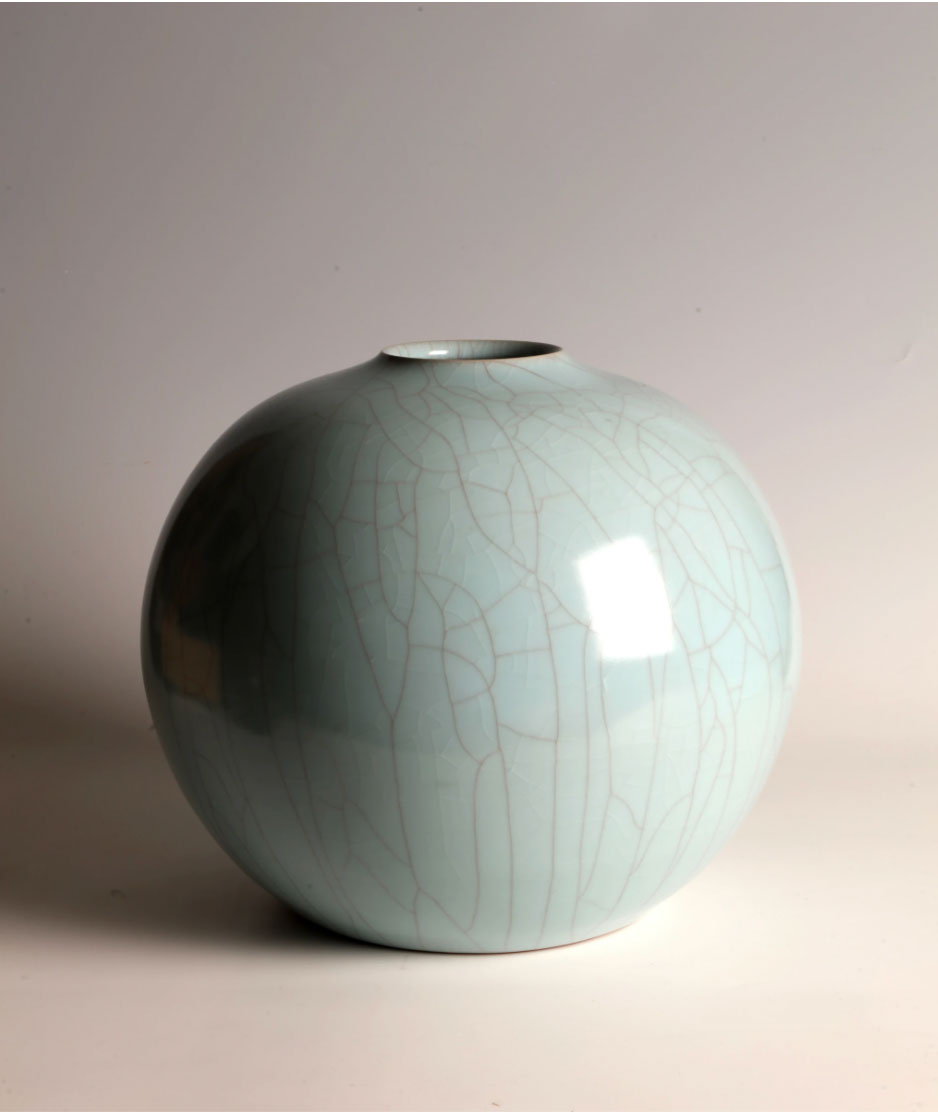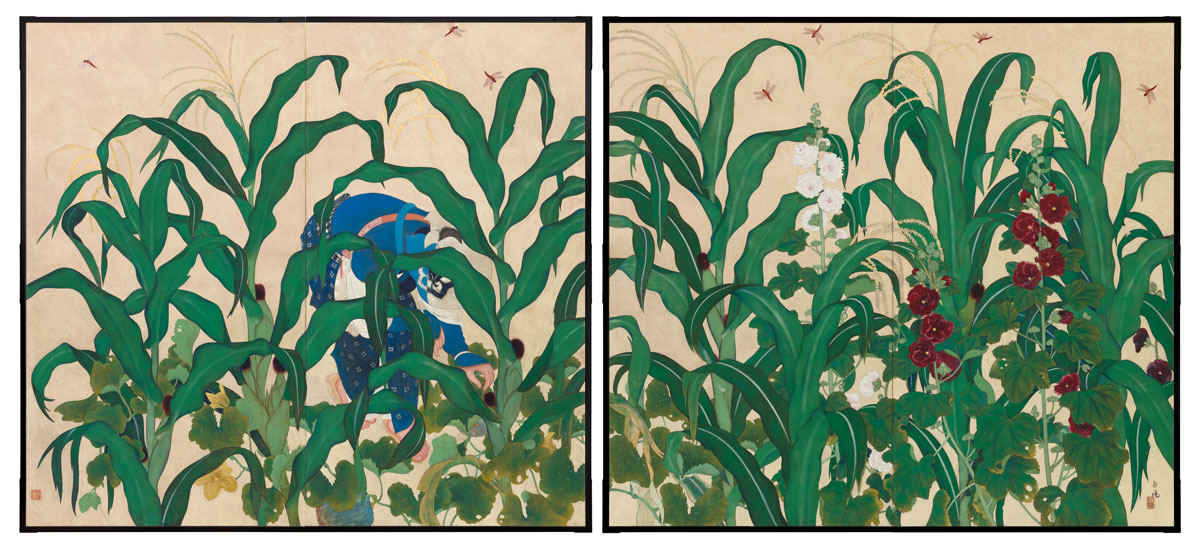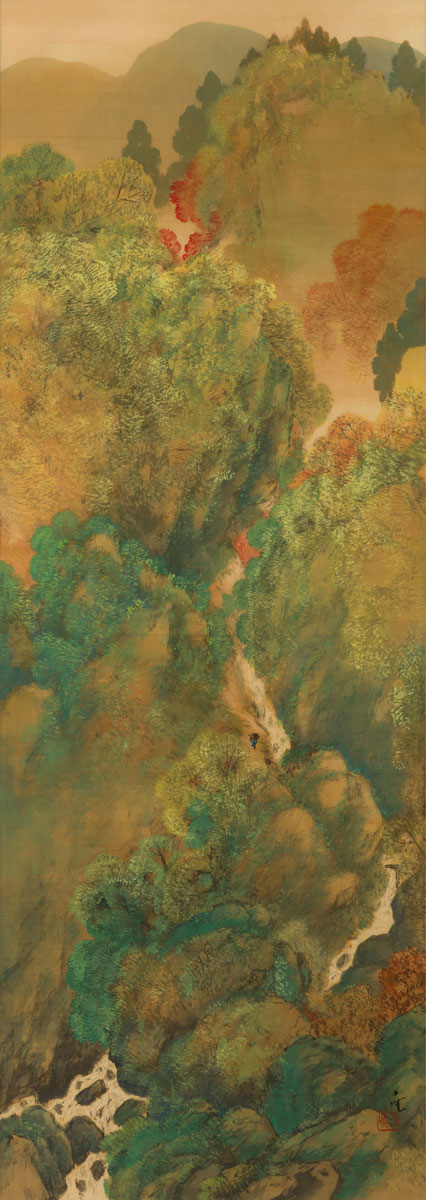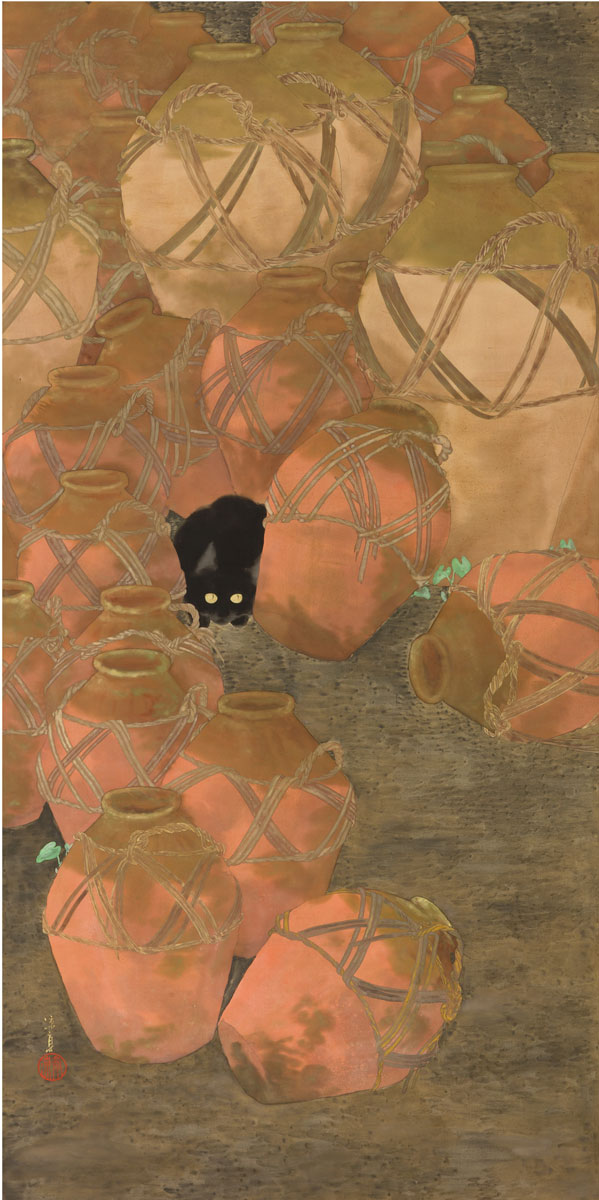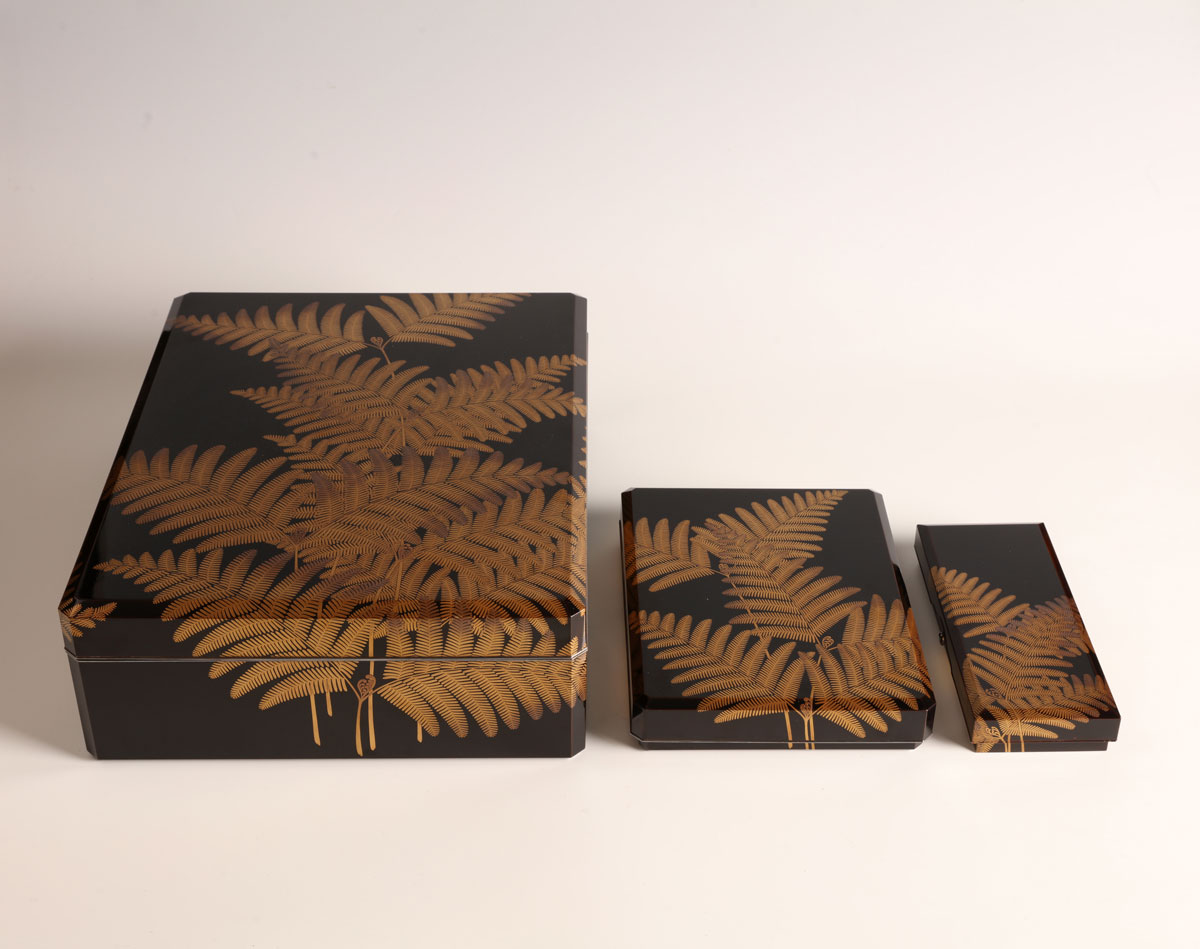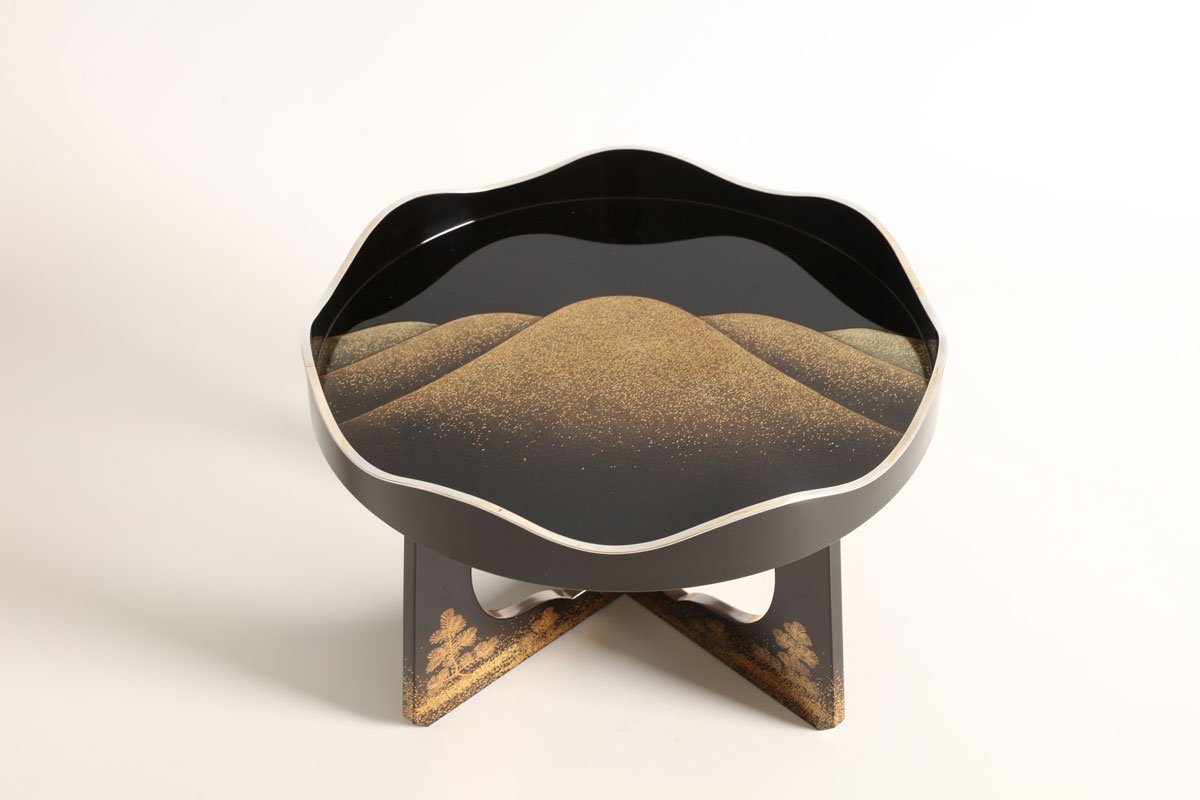RECENT FAIR
MAZE / Design Basel
Soft Opening: Sunday, June 15, 7pm (by invitation only)
Vernissage Preview: Monday, June 16, 10am-8pm (by invitation only)
June 16 –17, 2025
Elisabeth Church (Offene Kirche Elisabethen), Elisabethenstrasse 14, Basel, Switzerland
We are delighted to announce our participation in the first edition of MAZE/Design Basel. A select group of galleries specialized in decorative art and design has worked together with MAZE Art Salons to create the new Design Basel at the Offene Kirche Elisabethen.
The exhibition will focus on Japanese bamboo baskets by the great masters of the 20th century while also featuring Japanese gold lacquer boxes, contemporary ceramics, and Japanese folding screens and scroll paintings.
If your’e in Switzerland during Art Basel week, be sure to visit us in the Elisabethenkirche, opposite the Kunsthalle Basel.
We look forward to seeing you soon!
To learn more, click here.
RECENT EXHIBITION
Japanese Ceramics: Medieval to Contemporary
May 15 – June 13, 2025
We are delighted to invite you to our new location at 8 East 67th Street, to view our inaugural exhibition Japanese Ceramics: Medieval to Contemporary! This special ceramics exhibition is devoted to a key part of the Japanese aesthetic tradition that is as dynamic today as it was 10,000 years ago. The works range from stoneware vessels dating from the fourteenth century to contemporary porcelains, including works by two Living National Treasures.
We were also pleased to participate in the annual Madison Avenue Spring Gallery Walk on Saturday, May 17 from 10am to 6pm, with special talks throughout the afternoon. Click here to learn more.
To learn more, click here.
PAST ASIA WEEK NEW YORK EXHIBITION
Japanese Modern Masterpieces 1910–1940
March 13 – 21, 2025
Asia Week Hours: 11am-5pm, daily
We are delighted to be exhibiting Japanese masterpieces from 1910 to 1940 during this season’s Asia Week New York!
The exhibition focuses on folding screens and hanging scroll paintings from the Taisho era (1912-26) and early Showa era (1926-89), a time of great change for Japan and its arts. Superb works were created for the domestic market, in contrast to the export-oriented output during the preceding Meiji era (1868-1912). Painters of the period often experimented with new materials and perspectives and shifted from stylized depictions of nature to naturalistic botanical studies.
Next to painting, the exhibition will feature bamboo baskets and lacquer boxes from the Taisho and Showa eras, highlighting the technical perfection in works of art that were executed in traditional formats and materials but explored new worlds of expression and design.
We look forward to welcoming you to our Asia Week exhibition!
To learn more, click here.
PAST ART FAIR
NOMAD St. Mortiz 2025
February 20 – 23, 2025
Former Klinik Gut
Via Arona, 34, 7500 St. Moritz
We are delighted to announce our participation this week in NOMAD St. Moritz, the international art fair for collectible design and contemporary art.
Taking place at the Former Klinik Gut in St. Moritz, Switzerland, our exhibition offers a selection of ceramic works by various renowned Japanese artist, among whom Sueharu Fukami and Takegoshi Jun, maki-e gold lacquer boxes, and Japanese bamboo ikebana baskets by the great masters such as Iizuka Rōkansai.
Should you be in the area, we would be delighted to see you in Room F4 of the Former Klinik Gut.
To learn more, click here.
About the Gallery
Thomsen gallery, located in a townhouse on the Upper East Side of Manhattan, offers important Japanese paintings and works of art to collectors and museums worldwide. The gallery specializes in Japanese screens and scrolls; in early Japanese tea ceramics from the medieval through the Edo periods; in masterpieces of ikebana bamboo baskets; and in gold lacquer objects. It further specializes in post-war ink art and Gutai art as well as contemporary art by select artists, such as the internationally renowned Japanese ceramic artist Sueharu Fukami, the paper artist Kyoko Ibe, and the lacquer artist Yoshio Okada.
The gallery is owned by Erik and Cornelia Thomsen, who live and work in New York. Erik has been a dealer in Japanese art since 1981; born to Danish parents and raised in Japan, he is fluent in Japanese and was the first foreigner to apprentice to an art dealer in Japan. They have three children, Julia, Anna, and Georg.




